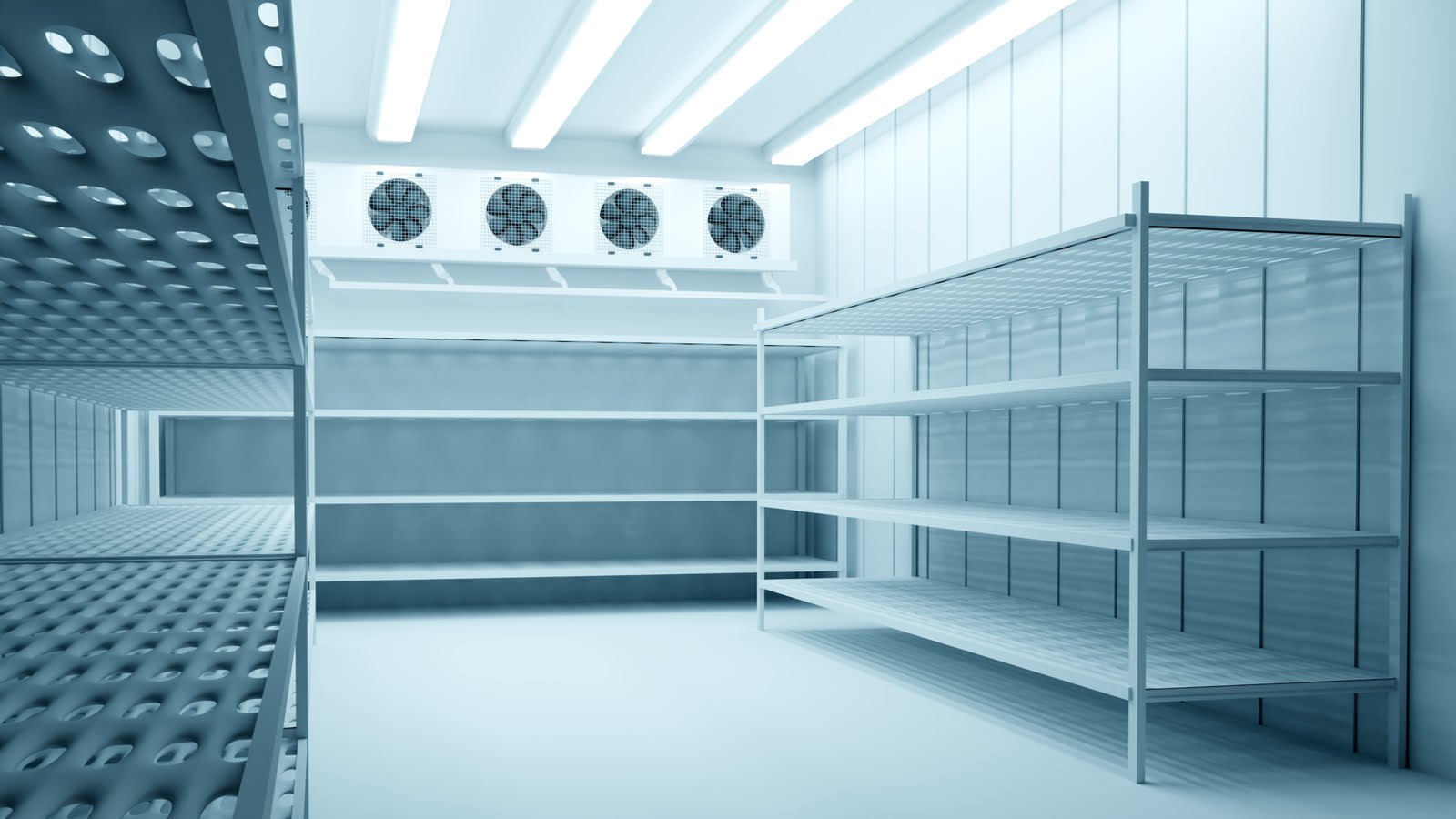

Articles
What Temperature Should A Walk In Freezer Be
Modified: August 16, 2024
Discover the ideal temperature for a walk-in freezer in this informative article. Ensure your freezer maintains the right conditions for optimal food preservation and safety.
(Many of the links in this article redirect to a specific reviewed product. Your purchase of these products through affiliate links helps to generate commission for Storables.com, at no extra cost. Learn more)
Introduction
A walk-in freezer is an essential component of any commercial kitchen or food storage facility. It provides a controlled environment for storing perishable items such as meats, seafood, vegetables, and frozen food products. Maintaining the correct temperature in a walk-in freezer is crucial to ensure the quality and safety of the stored items.
In this article, we will explore the importance of temperature control in walk-in freezers, the factors to consider when setting the temperature, the ideal temperature range, the consequences of incorrect temperatures, and steps to maintain the proper temperature.
Proper temperature control in a walk-in freezer not only impacts the quality of the stored items but also plays a vital role in complying with health and safety regulations. It prevents the growth of harmful bacteria, slows down spoilage, and preserves the nutritional value of the food. Furthermore, it minimizes the risk of foodborne illnesses and avoids costly food wastage.
Now, let’s delve deeper into the significance of temperature control in walk-in freezers and explore the factors to consider when setting the temperature.
Key Takeaways:
- Proper temperature control in walk-in freezers is crucial for food safety, quality, and compliance with regulations. Factors like food type, storage duration, and monitoring are key to maintaining the ideal temperature range.
- Regular monitoring, staff training, and proactive measures are essential for maintaining proper temperature in walk-in freezers. Consistent temperature control ensures the safety, quality, and longevity of stored food items.
Read more: What Temperature Should A Freezer Be
Importance of Temperature Control in Walk-In Freezers
Temperature control is critical in walk-in freezers to ensure the safety and quality of stored food items. Here are some reasons why temperature control is of utmost importance:
1. Food Safety: Proper temperature control helps prevent the growth of bacteria and other pathogens that can cause foodborne illnesses. Cold temperatures inhibit the reproduction of microorganisms, reducing the risk of contamination and spoilage.
2. Preservation of Quality: The right temperature ensures the preservation of the flavor, texture, and nutritional value of frozen food products. It helps maintain the product’s appearance, taste, and overall sensory characteristics.
3. Compliance with Regulations: Food safety regulations, such as those set by the FDA and local health departments, require businesses to maintain specific temperature ranges in walk-in freezers. Compliance with these regulations is crucial to avoid penalties, legal issues, and potential damage to the reputation of the establishment.
4. Minimizing Food Wastage: Maintaining the correct temperature in a walk-in freezer can significantly reduce food wastage. The right temperature slows down the degradation process, extending the shelf life of perishable items, thus reducing the need for frequent restocking and minimizing financial losses.
5. Cost-Efficiency: Proper temperature control can result in energy savings. When the temperature is regulated efficiently, the freezer consumes less energy, reducing utility costs for the business.
6. Customer Satisfaction: The quality and safety of stored food directly impact customer satisfaction. By ensuring that the products are stored at the correct temperature, businesses can provide their customers with high-quality, safe, and fresh food items.
To reap these benefits, it is crucial to consider various factors when setting and maintaining the temperature in walk-in freezers. Let’s take a closer look at these factors in the next section.
Factors to Consider
When setting and maintaining the temperature in a walk-in freezer, several factors need to be taken into consideration. These factors can vary depending on the type of food items stored and the specific requirements of the establishment. Here are some key factors to consider:
1. Food Type: Different food items have different temperature requirements for optimal storage. For example, meat and seafood may require lower temperatures than fruits and vegetables. It is important to understand the specific temperature needs of the items stored in the walk-in freezer.
2. Storage Duration: The length of time that food items will be stored in the freezer is an important factor to consider. Some items may require longer storage times, which may necessitate lower temperatures to maintain quality and safety.
3. Storage Density: The density of food items stored in the freezer can affect airflow and temperature distribution. It is important to organize and stack the items in a way that allows proper air circulation to ensure uniform cooling throughout the freezer.
4. Door Traffic: The frequency of door openings can influence the temperature inside the walk-in freezer. High traffic areas with frequent door openings can lead to temperature fluctuations. It is crucial to manage door traffic and minimize unnecessary openings to maintain a stable temperature.
5. Equipment Efficiency: The efficiency and functioning of the freezer equipment, including the insulation, the door seals, and the refrigeration system, can impact temperature control. Regular equipment maintenance and inspections are essential to ensure optimal performance and temperature regulation.
6. Temperature Monitoring: Implementing a reliable temperature monitoring system is crucial. This can involve using digital thermometers, data loggers, or automated monitoring systems. Regularly monitoring and recording temperatures helps identify and address any temperature deviations promptly.
7. Staff Training: Proper training and education of staff members responsible for the walk-in freezer are essential. They should be knowledgeable about the temperature requirements, storage guidelines, and best practices to ensure consistent temperature control.
8. External Factors: External factors such as ambient temperature, humidity levels, and proximity to heat sources can affect the performance of the walk-in freezer. It is important to consider these factors and make necessary adjustments to maintain the desired internal temperature.
By carefully considering these factors, businesses can establish and maintain the ideal temperature range for their walk-in freezers. This ensures the quality, safety, and longevity of the stored food items. In the next section, we will discuss the ideal temperature range for walk-in freezers.
Ideal Temperature Range for Walk-In Freezers
The ideal temperature range for walk-in freezers typically falls between -10°C (14°F) and -23°C (-10°F). However, the specific temperature range may vary depending on the type of food items stored and local health department regulations. Let’s take a closer look at the temperature considerations for different types of food:
1. Frozen Meats and Seafood: Frozen meats and seafood require temperatures between -18°C (0°F) and -23°C (-10°F) to maintain their quality, texture, and safety. These low temperatures help preserve the cellular structure of the meat and seafood, preventing freezer burn and extending their freezer shelf life.
2. Frozen Fruits and Vegetables: Frozen fruits and vegetables can be stored at slightly higher temperatures, typically between -15°C (5°F) and -18°C (0°F). These temperatures help retain the nutritional value, color, and taste of the frozen produce.
3. Ice Cream and Dairy Products: Ice cream and dairy products require temperatures between -20°C (-4°F) and -23°C (-10°F) to maintain their creamy consistency and prevent spoilage. These colder temperatures ensure that the dairy products remain frozen without any ice crystals forming.
4. Baked Goods and Prepared Foods: Baked goods and prepared foods, such as pre-packaged meals or desserts, can be stored at temperatures between -10°C (14°F) and -18°C (0°F), depending on their specific requirements. It is important to follow food safety guidelines and the manufacturer’s recommendations for these items.
It is essential to note that continuously monitoring the freezer temperature is crucial to maintaining the desired range. Temperature fluctuations can occur due to various factors, such as frequent door openings or equipment malfunctions. Regularly checking and recording the temperature ensures that any deviations are identified and addressed promptly.
In addition to the ideal temperature range, it is essential to practice proper food storage and organization within the walk-in freezer. Properly packaging and labeling food items, avoiding overcrowding, and arranging items to allow adequate airflow are key practices to ensure optimal temperature control.
Now that we understand the ideal temperature range for walk-in freezers, let’s explore the consequences of incorrect temperatures in the next section.
The ideal temperature for a walk-in freezer is between -10 to 0 degrees Fahrenheit (-23 to -18 degrees Celsius) to ensure that food stays frozen and safe for consumption. Regularly monitor and adjust the temperature to maintain food quality and safety.
Consequences of Incorrect Temperatures
Incorrect temperatures in a walk-in freezer can have detrimental effects on food quality, safety, and overall business operations. Here are some of the consequences that can occur when temperatures are not properly maintained:
1. Microbial Growth: The growth of harmful bacteria, such as Salmonella and E. coli, can occur when temperatures in the freezer are too high. These pathogens can multiply quickly, leading to foodborne illnesses when contaminated food items are consumed.
2. Spoilage and Quality Issues: Incorrect temperatures can accelerate the spoilage process, resulting in unappetizing odors, changes in texture, and off-flavors. Freezer burn, which occurs when food is exposed to air due to improper packaging or temperature fluctuations, can also occur, leading to a decline in quality.
3. Foodborne Illnesses: Consuming food that has been stored at incorrect temperatures can pose a significant risk of foodborne illnesses. This can lead to health issues for customers and potentially result in legal action, reputation damage, and financial loss for the business.
4. Financial Losses: Food items that are stored at incorrect temperatures may become unsellable or may require disposal, leading to financial losses for the business. Additionally, costly restocking and potential loss of customers can impact the overall profitability of the establishment.
5. Regulatory Compliance Issues: Failure to comply with health and safety regulations regarding proper temperature control can result in fines, penalties, and legal implications. It is essential for businesses to adhere to these regulations to maintain a positive reputation and ensure the safety of their customers.
6. Customer Dissatisfaction: Customers expect high-quality and safe food products. If they experience subpar quality due to improper temperature control, their satisfaction and trust in the establishment can be diminished. This can lead to negative reviews, decreased customer loyalty, and a decline in revenue.
It is crucial for businesses to understand and address the consequences of incorrect temperatures in walk-in freezers. Implementing proper temperature control measures, such as regular monitoring, appropriate storage practices, and staff training, can help mitigate these risks and ensure the safety and quality of stored food items.
In the next section, we will explore the steps to maintain the proper temperature in a walk-in freezer.
Read more: What Temperature Should A Deep Freezer Be
Steps to Maintain Proper Temperature
Maintaining the proper temperature in a walk-in freezer requires consistent monitoring and proactive measures. Here are some essential steps to help you maintain the desired temperature:
1. Install a Reliable Thermometer: Place a high-quality, calibrated thermometer inside the freezer to accurately monitor the temperature. Ensure it is easily accessible and regularly check it to identify any fluctuations or deviations.
2. Set an Appropriate Temperature: Set the freezer temperature within the recommended range based on the type of food items stored. Refer to food safety guidelines, manufacturer recommendations, and local regulations to determine the optimal temperature for your specific needs.
3. Organize and Arrange Food Properly: Ensure proper organization and arrangement of food items within the freezer. Allow space between items for proper airflow to promote even cooling and minimize temperature variations.
4. Avoid Overcrowding: Avoid overpacking the freezer as it can impede airflow and lead to improper temperature distribution. Overcrowding can also hinder the efficiency of the refrigeration system, resulting in temperature fluctuations.
5. Seal Doors Properly: Check the door seals regularly to ensure they are intact and functioning properly. Damaged or loose seals can allow warm air to enter the freezer, leading to temperature fluctuations. Replace any faulty seals promptly.
6. Minimize Door Openings: Limit the frequency and duration of door openings to prevent temperature fluctuations. Train staff members to be mindful of keeping the door closed when not necessary and discourage unnecessary access to the freezer.
7. Regularly Clean and Defrost: Perform regular cleaning and defrosting of the freezer to maintain its efficiency. Ice buildup can lead to temperature inconsistencies and reduce the freezer’s cooling capacity. Follow the manufacturer’s instructions for proper cleaning and defrosting procedures.
8. Train and Educate Staff: Provide adequate training to staff members responsible for the walk-in freezer. Educate them on proper temperature control practices, storage guidelines, and the importance of maintaining the desired temperature range. Encourage them to report any issues or fluctuations promptly.
9. Regularly Monitor and Document Temperatures: Implement a system for regular temperature monitoring and record-keeping. This can involve using digital thermometers, data loggers, or automated monitoring systems. Regularly review temperature logs to identify any trends or deviations and take appropriate action if needed.
10. Address Temperature Deviations: If you notice any significant temperature deviations or fluctuations, investigate the cause immediately. It could be a sign of equipment malfunction, door seal issues, or other underlying problems. Take prompt action to rectify the situation to prevent any impact on food safety and quality.
By following these steps, businesses can maintain the proper temperature in their walk-in freezers, ensuring the safety and quality of the stored food items. Regular monitoring, proper organization, and staff training are key factors in maintaining temperature control.
Now, let’s move on to discussing the importance of monitoring and adjusting the temperature in a walk-in freezer.
Monitoring and Adjusting Temperature
Monitoring and adjusting the temperature in a walk-in freezer is crucial to maintain optimal conditions for food storage. Regular monitoring helps identify any temperature deviations or fluctuations, allowing for timely corrective actions. Here are some important aspects of monitoring and adjusting the temperature:
1. Implement a Monitoring System: Use a reliable and accurate temperature monitoring system to regularly measure and record the temperature inside the walk-in freezer. This can involve manual checks using calibrated thermometers or automated systems that provide real-time temperature readings.
2. Establish Temperature-checking Schedule: Determine how frequently the temperature will be checked based on your establishment’s needs and regulations. A recommended practice is to check the temperature at least twice a day, preferably during different work shifts, to ensure consistent monitoring.
3. Document Temperature Readings: Keep a record of temperature readings and document them consistently. This documentation helps track temperature trends, identify potential issues, and demonstrate compliance with health and safety regulations.
4. Analyze Temperature Fluctuations: Regularly review the temperature logs to identify any patterns or deviations. Sudden or consistent fluctuations may indicate equipment malfunctions, improper door sealing, or other issues that require attention. Analyze the data to pinpoint the root cause and take appropriate corrective actions.
5. Calibrate Thermometers: Regularly calibrate thermometers to ensure accurate temperature readings. Calibration helps maintain the reliability and precision of the monitoring equipment, ensuring the data collected is trustworthy and useful.
6. Train Staff on Temperature Monitoring: Provide comprehensive training to staff members responsible for monitoring the temperature. Train them on how to properly use the thermometers, record temperature readings accurately, and identify signs of temperature deviations. Encourage them to report any unusual temperature changes immediately.
7. Adjust Temperature as Needed: If temperature deviations are identified, take prompt action to adjust the temperature and bring it back within the desired range. Refer to operating manuals or consult with refrigeration professionals if adjustments need to be made to the freezer’s settings or equipment.
8. Investigate and Address Potential Issues: If frequent or significant temperature fluctuations persist, conduct a thorough investigation to identify the underlying causes. This could involve inspecting the integrity of the door seals, checking for any air leaks, or assessing the efficiency of the refrigeration system. Address any identified issues promptly to prevent further temperature fluctuations and ensure proper temperature control.
By properly monitoring and adjusting the temperature in a walk-in freezer, businesses can maintain consistent and safe conditions for food storage. Regular monitoring, staff training, and timely adjustment of temperature deviations are key to ensuring the quality and safety of perishable items.
Now, let’s conclude our article on the importance of temperature control in walk-in freezers.
Conclusion
Proper temperature control in walk-in freezers is of utmost importance for maintaining the safety, quality, and longevity of stored food items. From ensuring food safety to complying with health regulations, businesses must prioritize temperature control to avoid the consequences of incorrect temperatures.
By considering factors such as food type, storage duration, and storage density, businesses can establish the ideal temperature range for their walk-in freezers. The recommended temperature range typically falls between -10°C (14°F) and -23°C (-10°F), but can vary depending on specific requirements.
Failure to maintain proper temperatures in walk-in freezers can lead to harmful bacterial growth, food spoilage, financial losses, compliance issues, and customer dissatisfaction. However, by following essential steps like installing a reliable thermometer, organizing food properly, and minimizing door openings, businesses can mitigate these risks.
Monitoring the temperature regularly and adjusting as needed is crucial for maintaining proper temperature control. Implementing a monitoring system, documenting temperature readings, and addressing deviations promptly are key components of effective temperature management.
By prioritizing temperature control and implementing the necessary measures, businesses can ensure the safety and quality of stored food items, comply with regulations, avoid financial losses, and maintain customer satisfaction.
Remember, maintaining the proper temperature in a walk-in freezer is not a one-time task but an ongoing responsibility. Continual monitoring, training of staff, regular maintenance, and prompt corrective actions are essential for consistent temperature control.
By understanding the importance of temperature control and following the steps outlined in this article, businesses can create a safe and optimal environment in their walk-in freezers, ensuring the preservation of food quality and the protection of their customers.
Now it’s time to implement these practices and prioritize temperature control in your walk-in freezer for the benefit of your business and the satisfaction of your customers.
Frequently Asked Questions about What Temperature Should A Walk In Freezer Be
Was this page helpful?
At Storables.com, we guarantee accurate and reliable information. Our content, validated by Expert Board Contributors, is crafted following stringent Editorial Policies. We're committed to providing you with well-researched, expert-backed insights for all your informational needs.
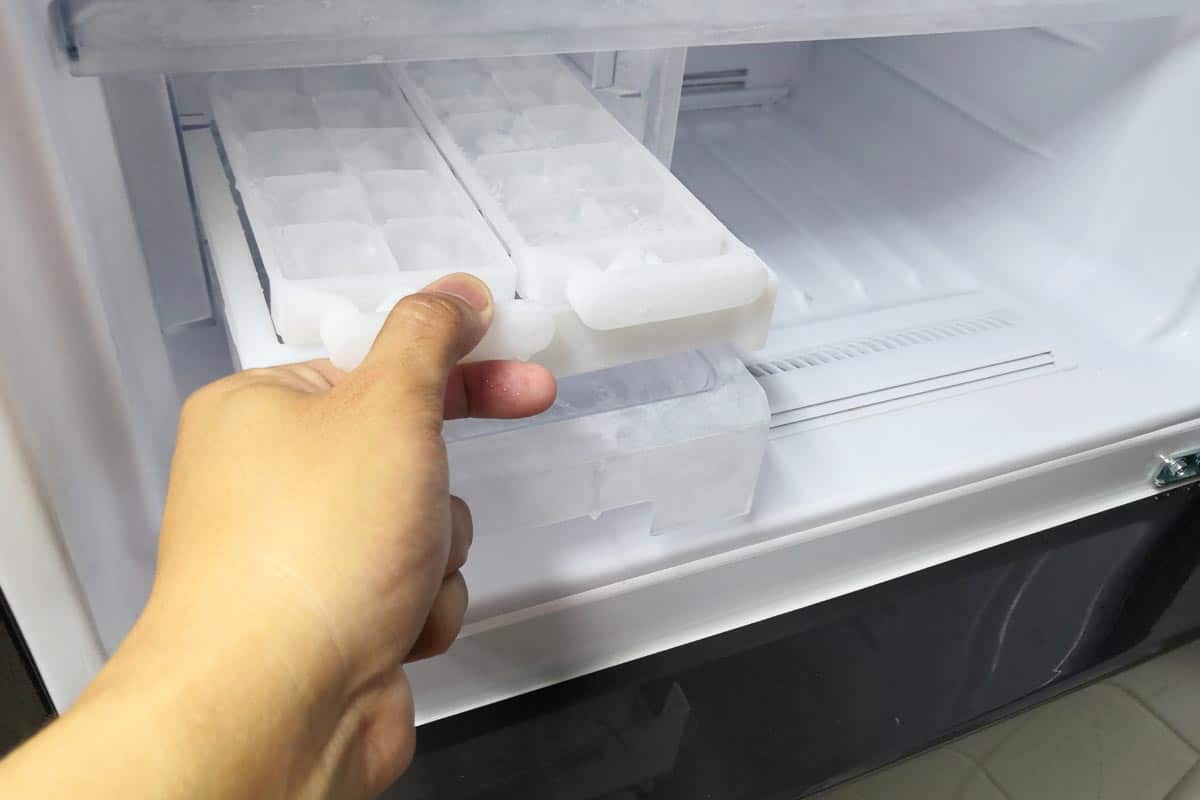
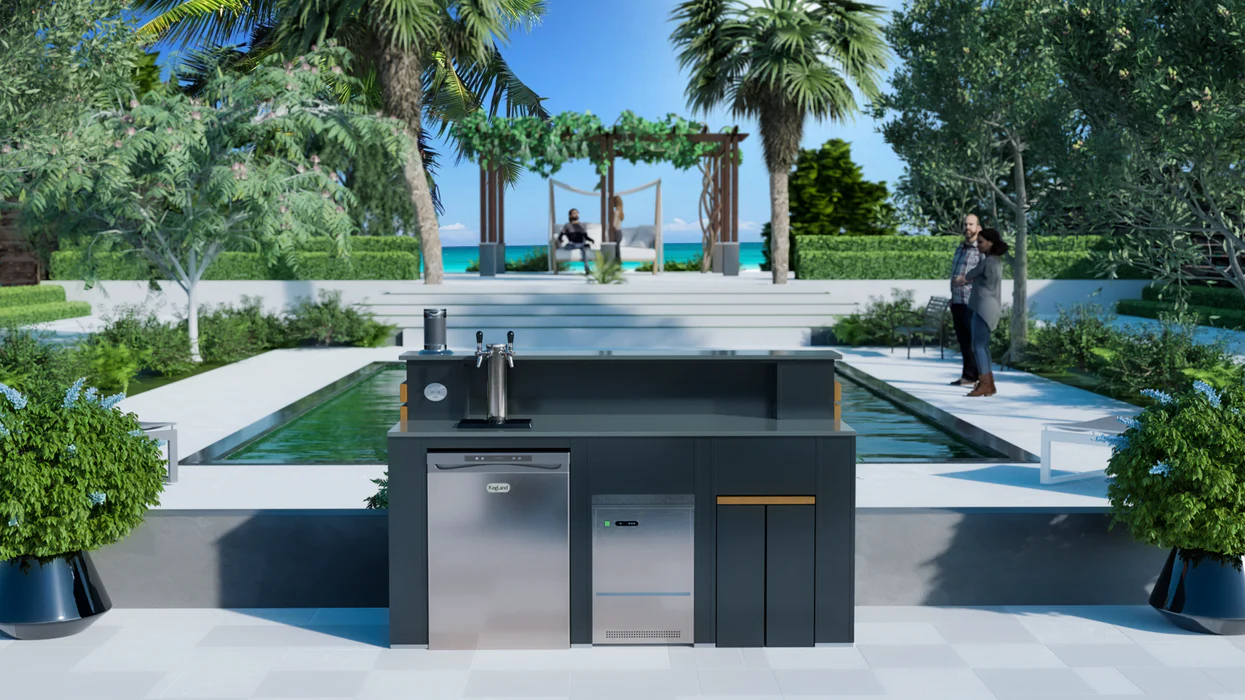
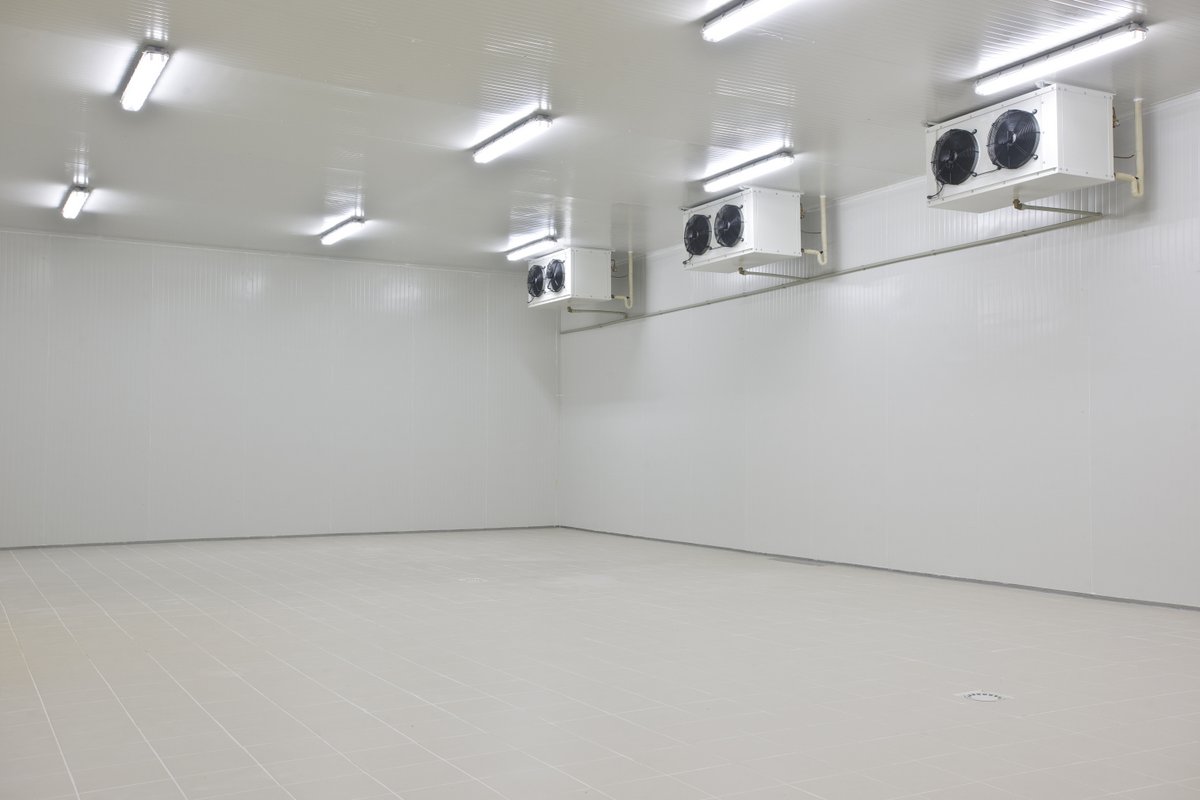
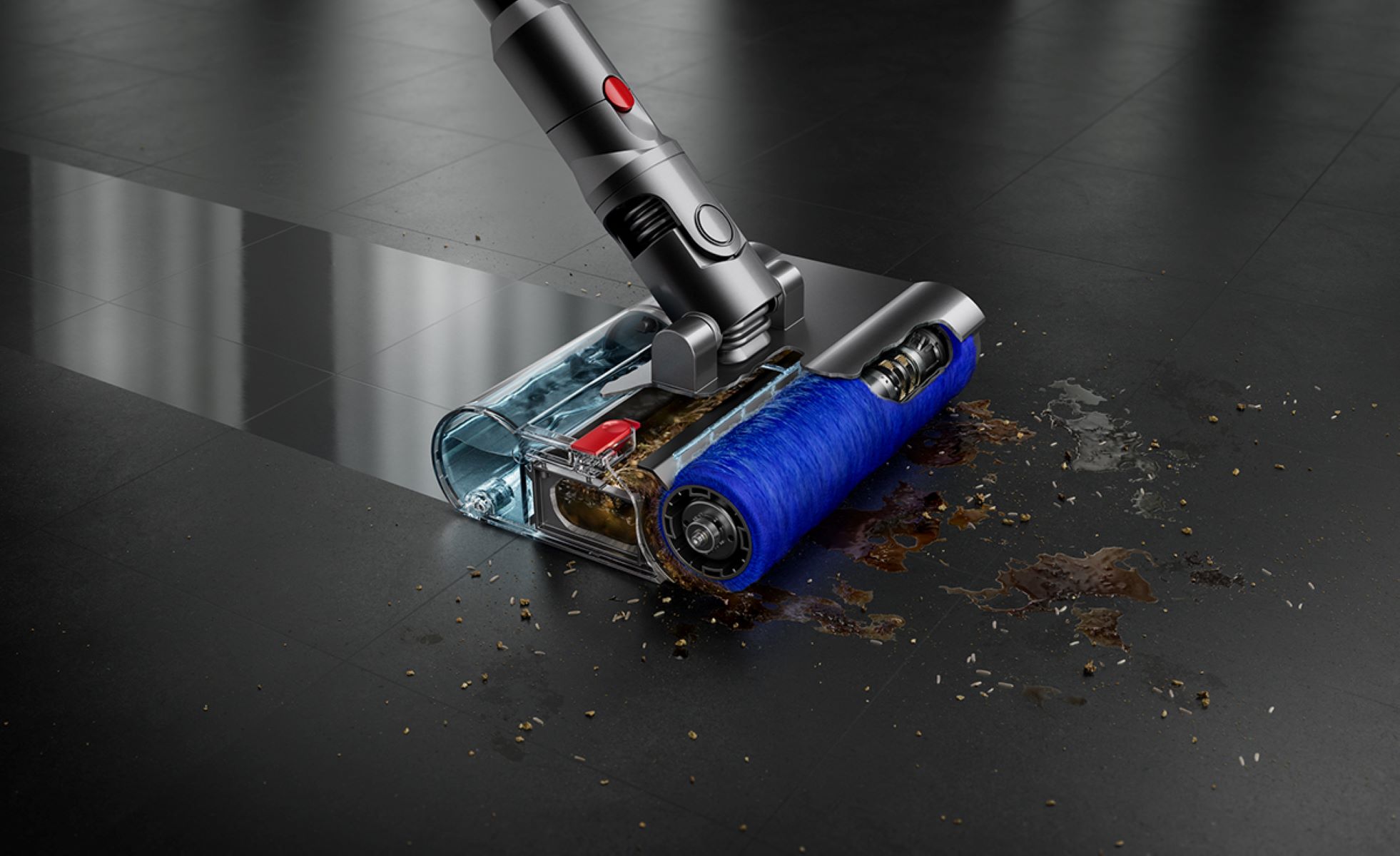
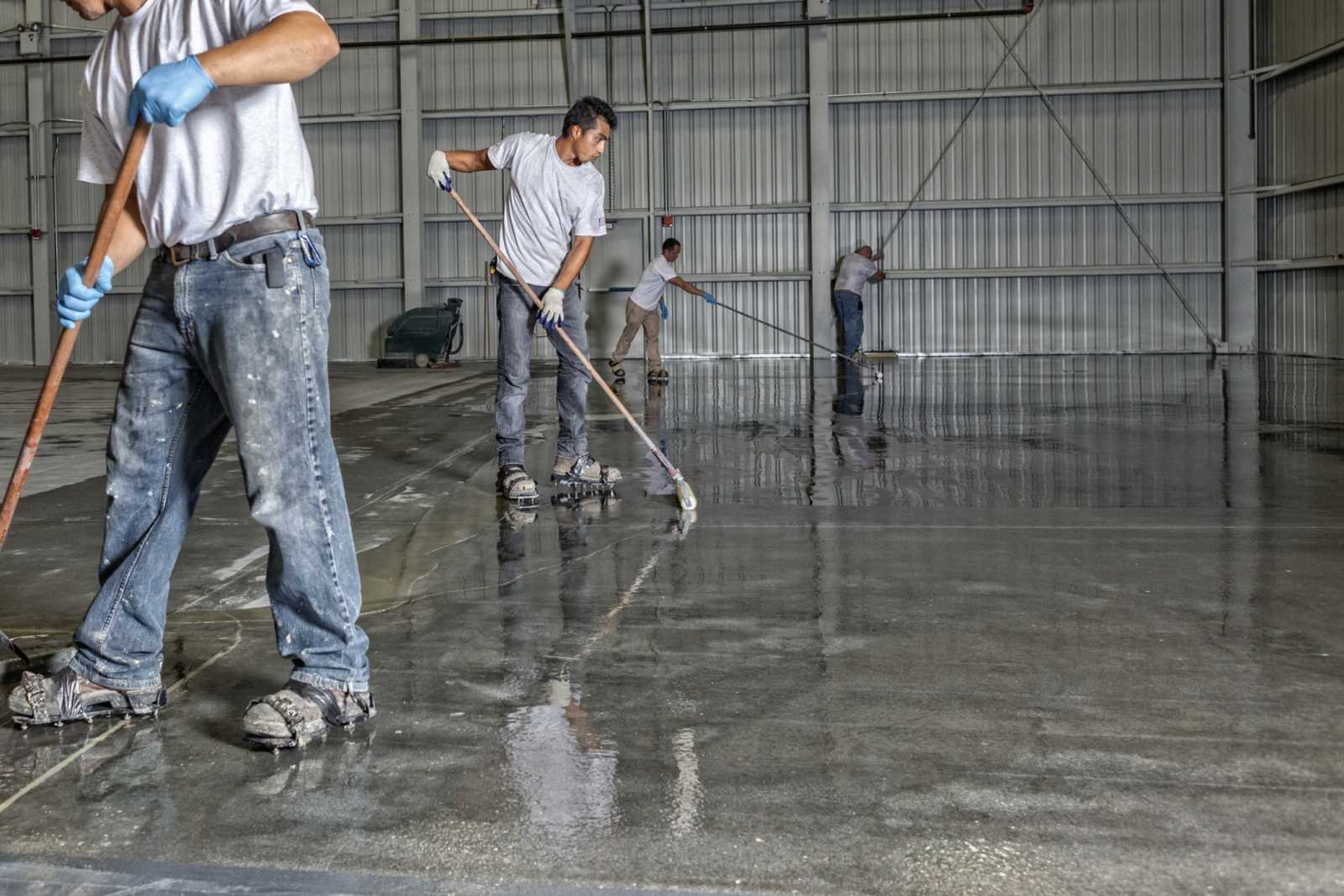
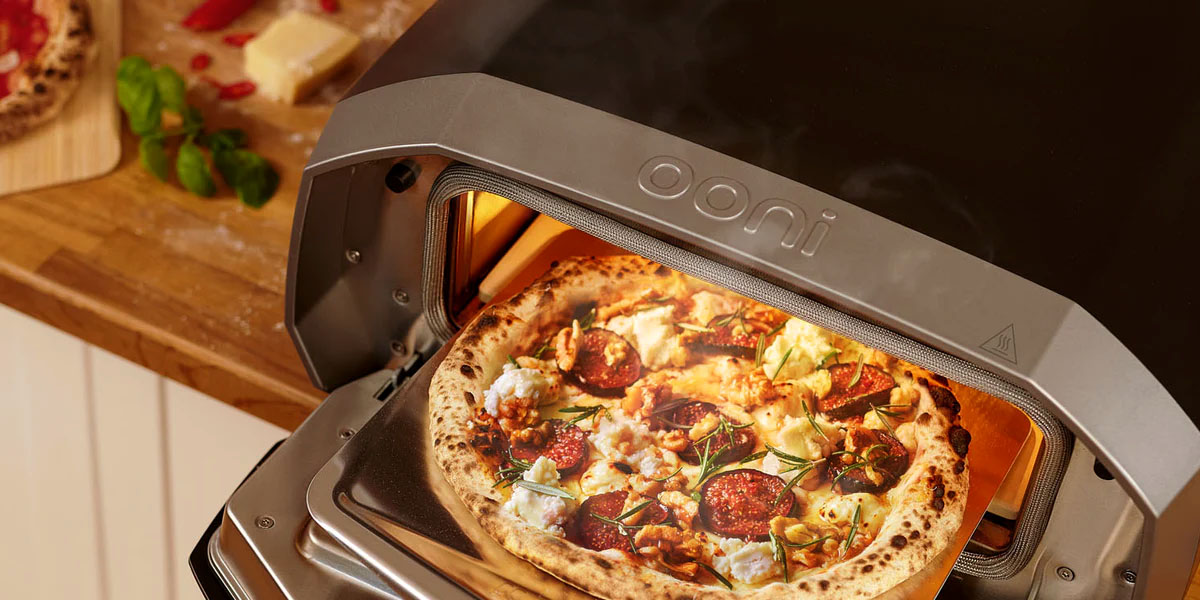
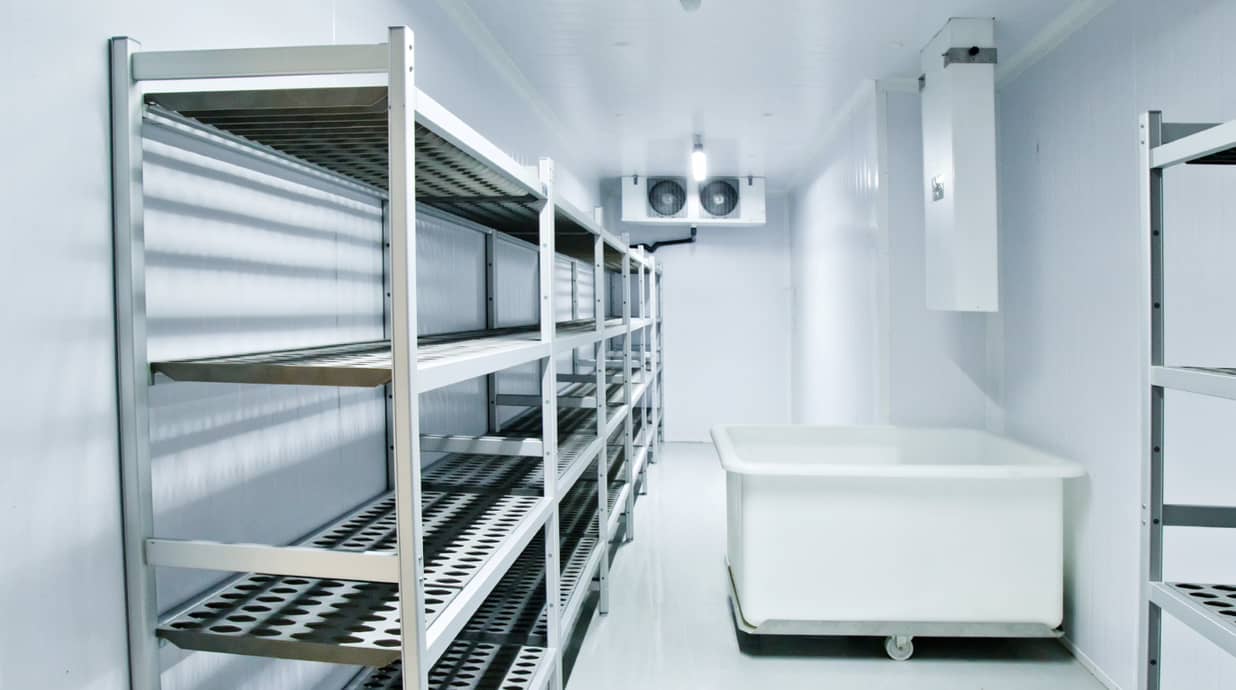

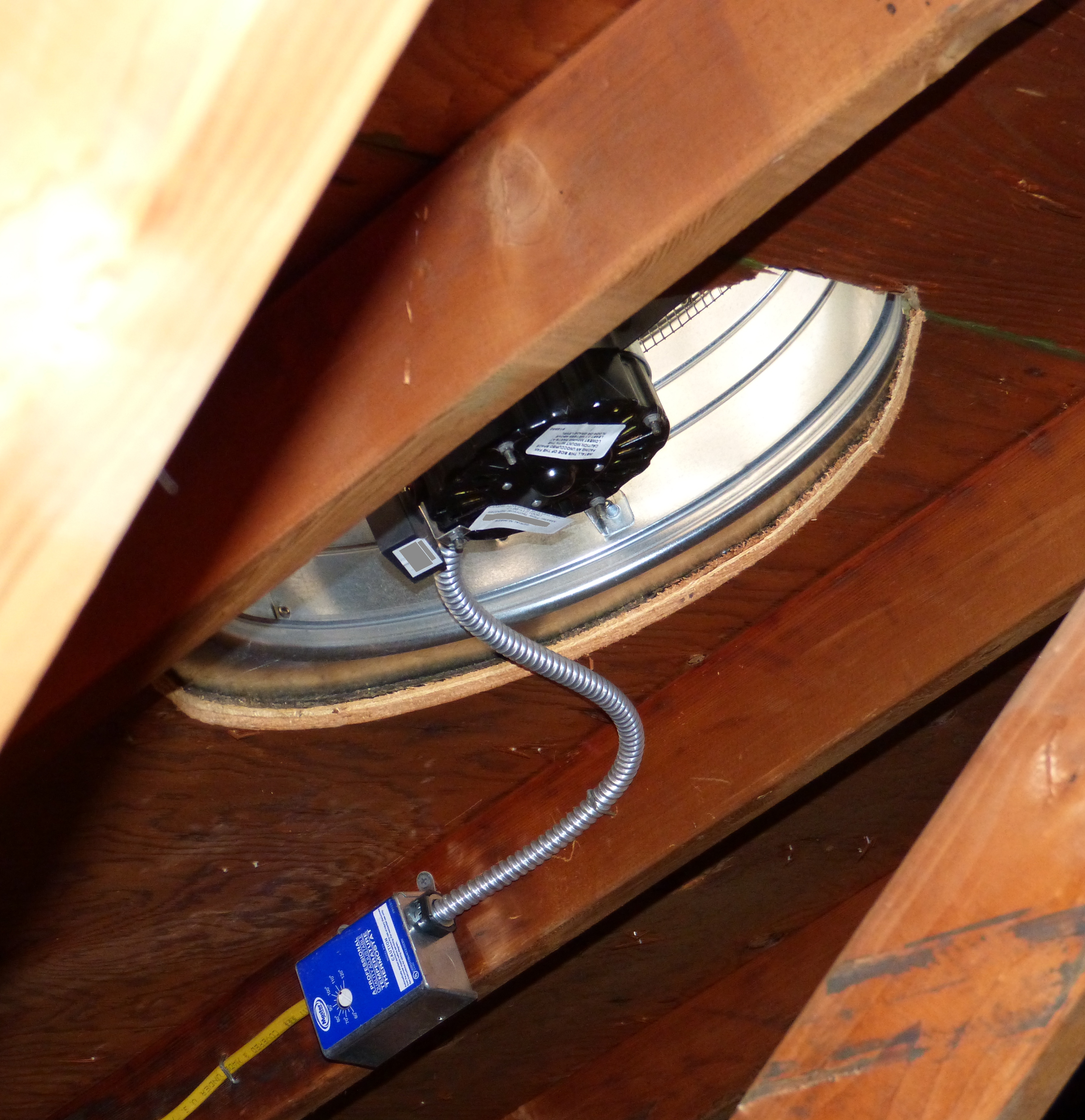
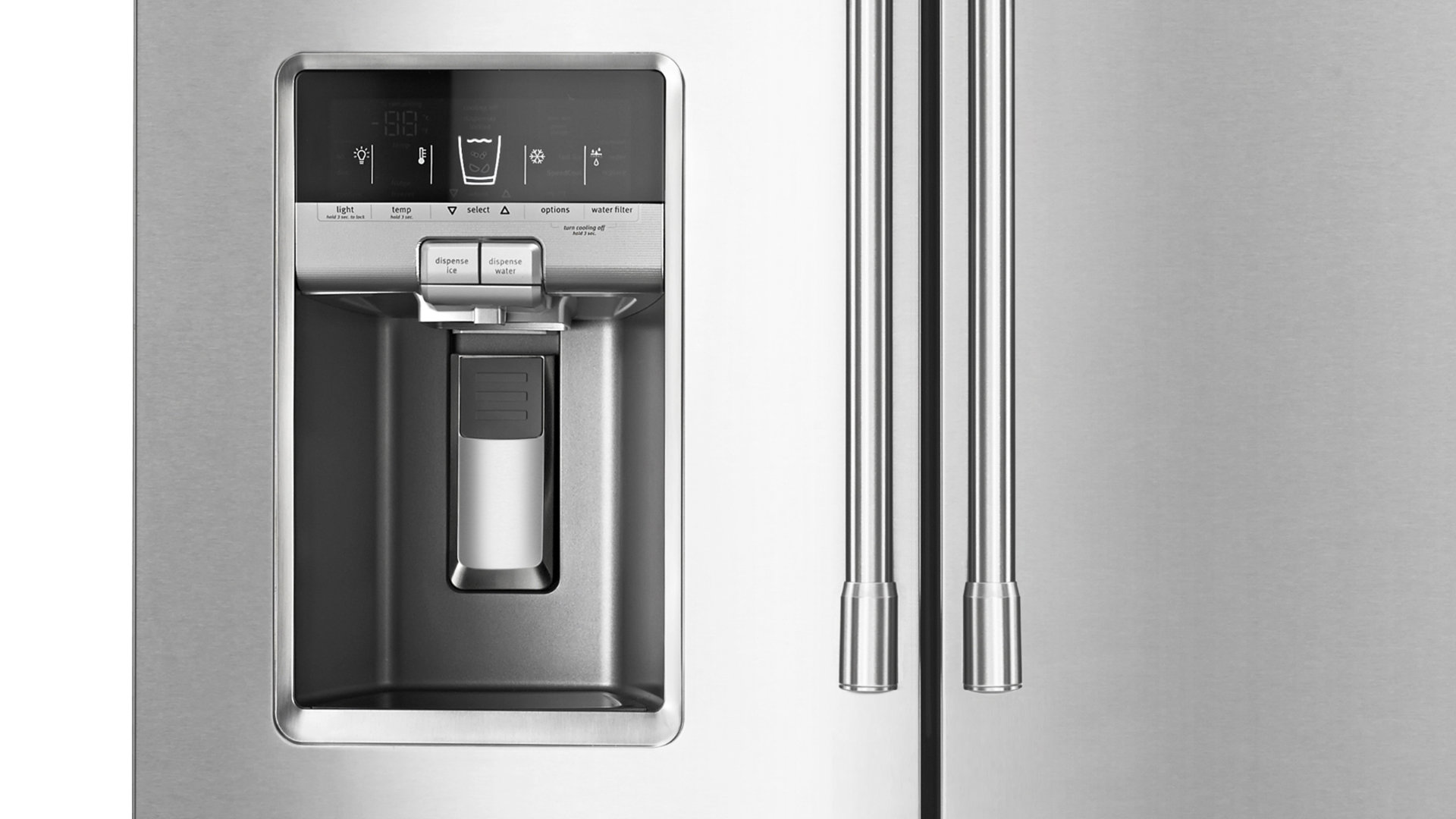
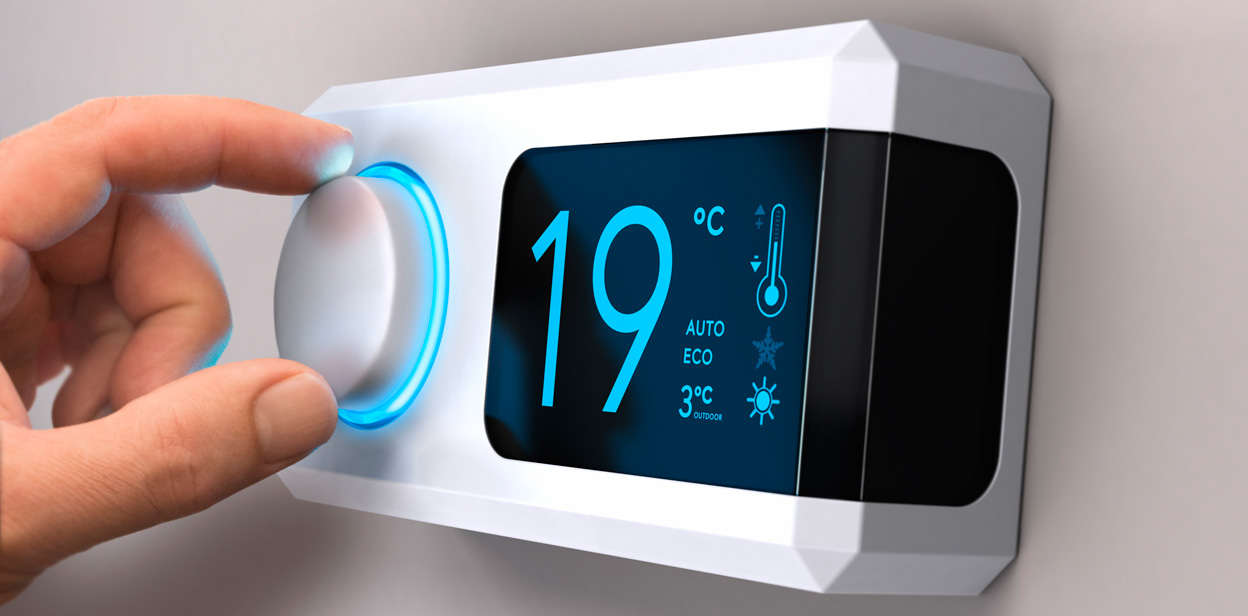
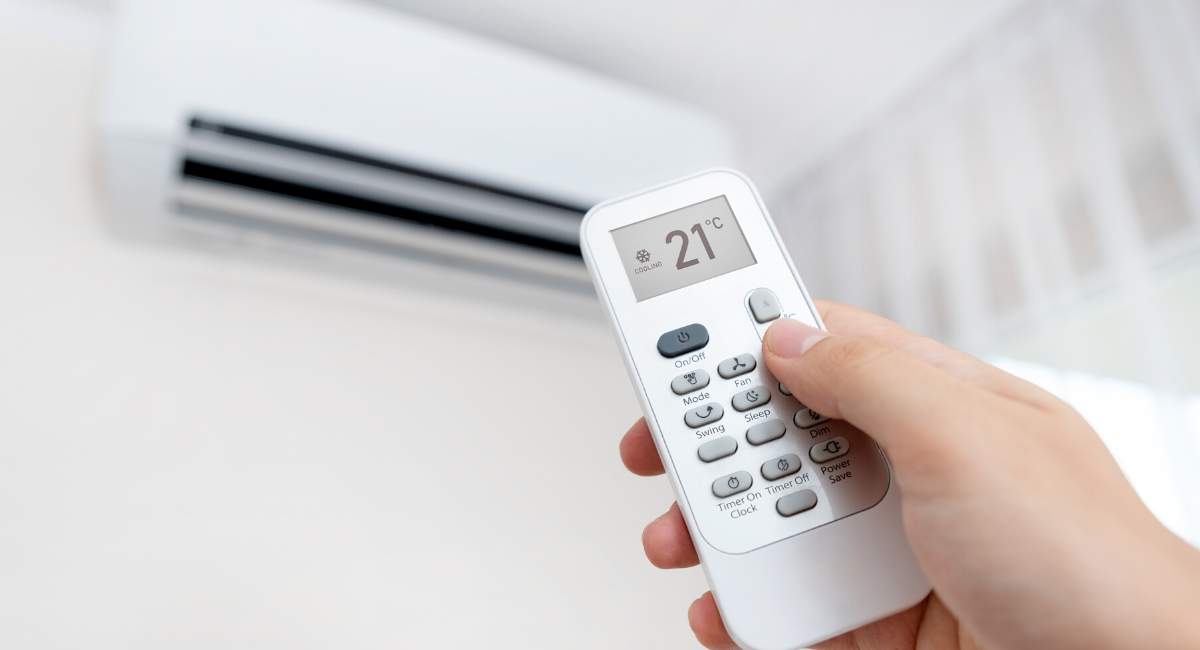

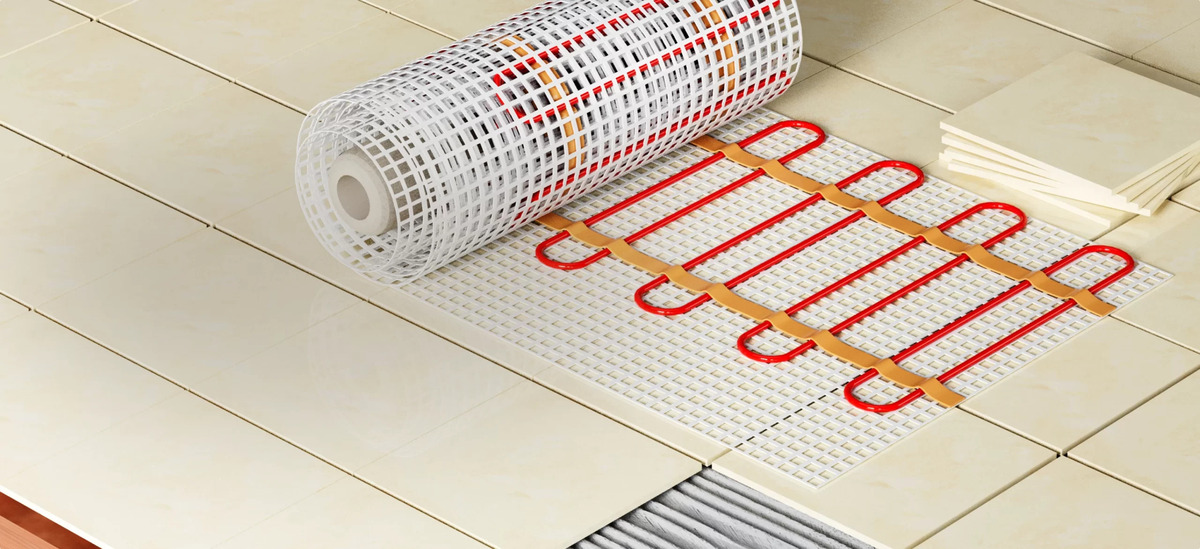

0 thoughts on “What Temperature Should A Walk In Freezer Be”